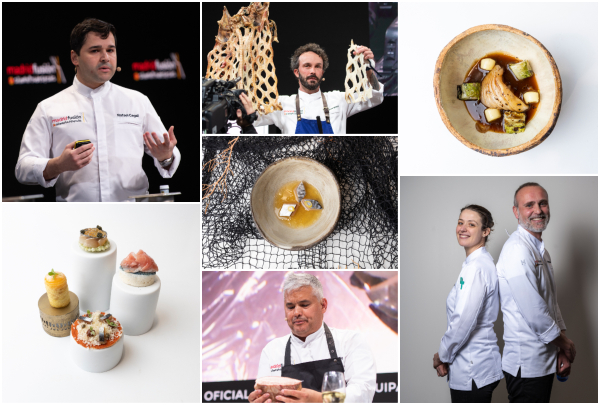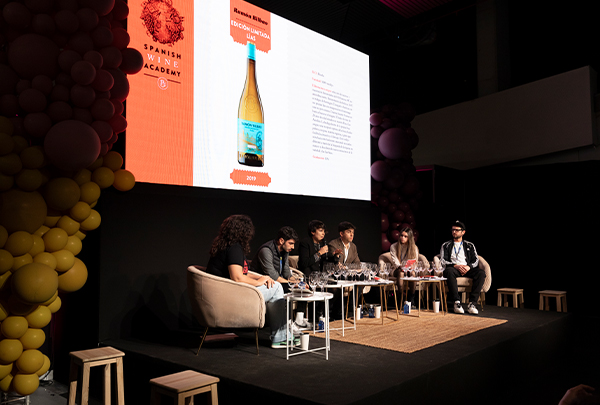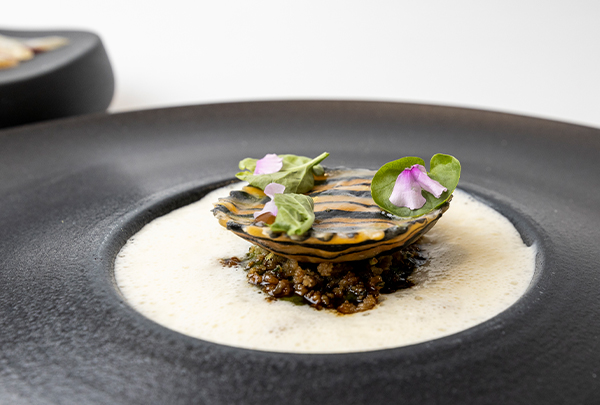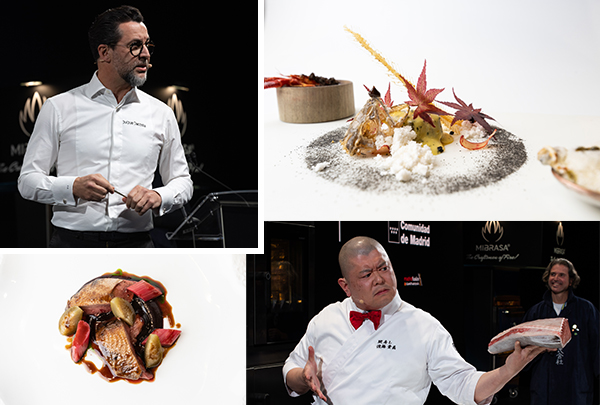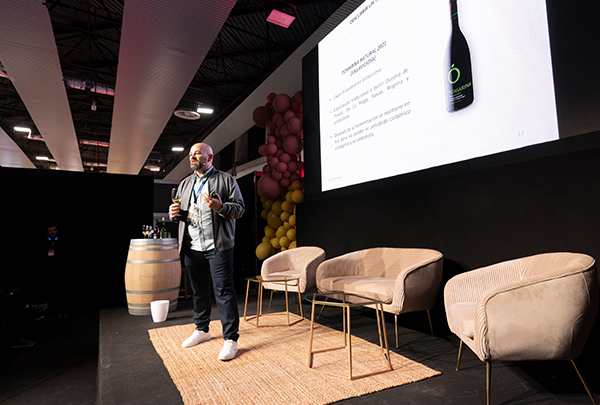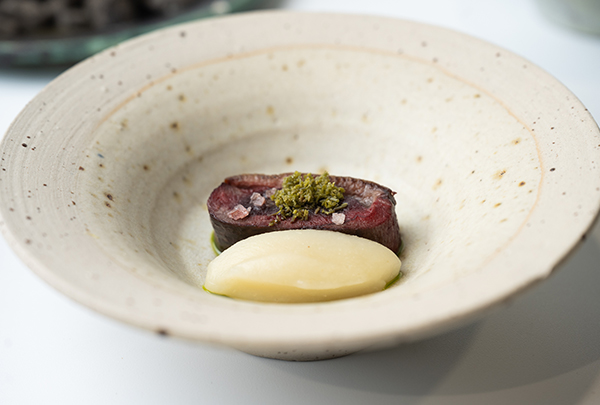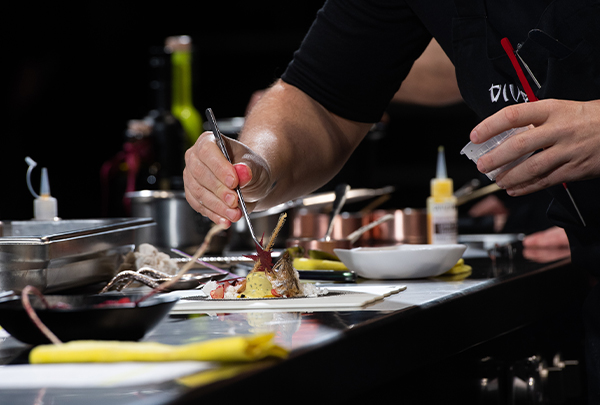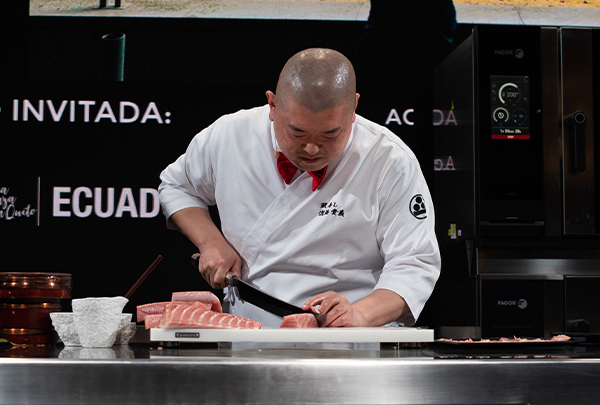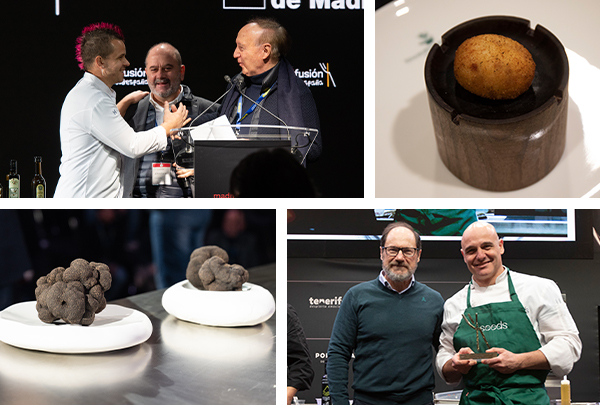News
“Fire-cooked food tastes better”
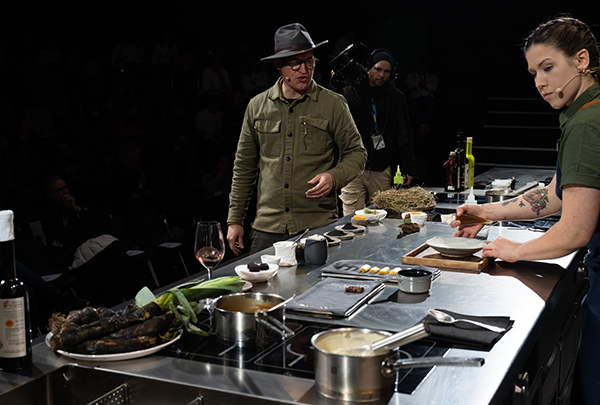
An open fire and embers form the basis of Nicolai Tram's cookery, culinary fare with close links to local resources.
Knystaforsen* (Rydöbruk, Sweden) is not so much a restaurant "as a way of life", claimed Nicolai Tram as he began his talk at Madrid Fusión Alimentos de España. A way of life which, for him and his family, entailed a drastic alteration from "a normal life" in Copenhagen to a life in the middle of a Norwegian forest at a reconverted saw mill. There they now combine family life and business - "we live above the restaurant. In fact, the restaurant is our dining room and living room, and we have to pick up the children's toys before the customers arrive", said Tram.
But Knystaforsen's real nerve centre is outside the restaurant in the middle of nature, where they cook over a fire. “I love fire-cooking", explained Nicolai Tram, "because the food tastes better, and because we are what we are thanks to fire. Fire was the beginning of everything". The relationship with fire is also a powerful motive for Tram, because "in a kitchen you have machines to take care of temperatures and everything's easier, but you can't control fire, and you have to interact with it". An interaction which, at Knystaforsen, means recipes based on fire-cooking. Roasts, burning, grilling ... produce is masterfully fire-cooked. Tram and his crew let the congress in on a few tricks. “Not any kind of fire will do - the initial flame is no good to us, and the best thing is to obtain good embers, but the time you employ in doing that will depend on the wood you use", said the Dane. And he went on in the same vein about managing the cooking process: “we hand-test, we touch it to see whether the interior has been cooked, we look at it to see if any bubbles are coming out, because we want to maintain the juices inside".
A kind of fire-cooking Nicolai Tram uses for a range of items, but always on the premise that they must be local products, either from the same area or of the same type. There might be onions and leeks, but also lichens or even surprising ingredients "such as hay, because, even though we're not used to making this part of a human diet, when it's burned it generates a lot of nitrates, and gives a very special touch to some recipes".
Burning is a habitual practice at this original Swedish restaurant, and the ashes of the top leaves of vegetables - "we don't peel them - we let the fire do that" - are used afterwards as additional condiments for recipes.
In a way, using all sections of the product in the cooking process is also in keeping with one of the objectives of this life/business project - "securing a sustainable model" on all levels.

